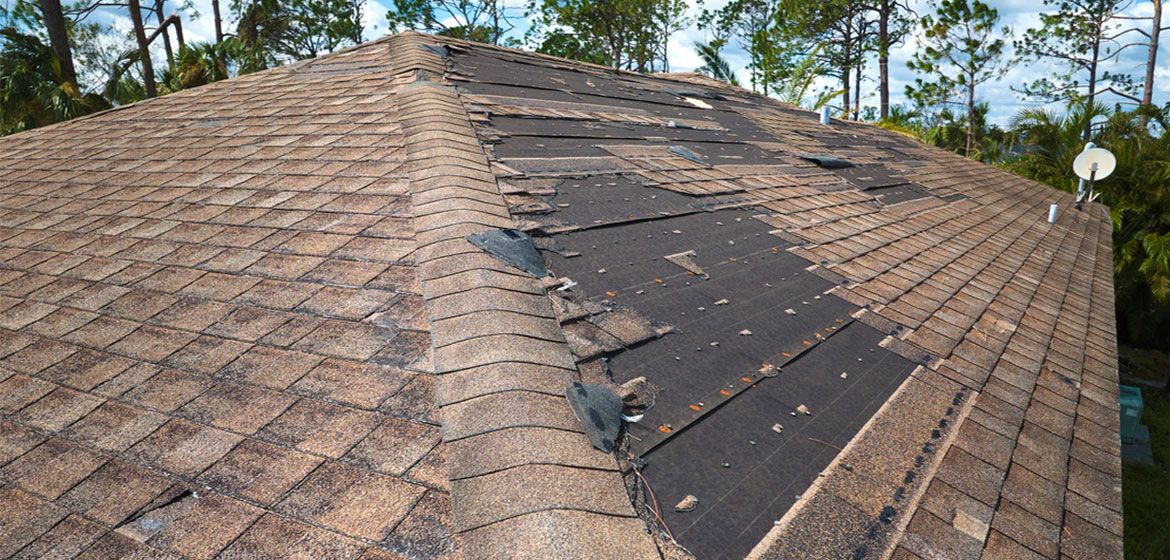What To Avoid When Claiming Insurance For Roof Damage Caused By Wind

Filing a roof damage claim from wind can be a complex and time-consuming process. It requires careful attention to detail and a thorough understanding of the insurance company’s policies. To ensure a smooth and successful claim, it is crucial to avoid certain pitfalls that could potentially jeopardize your chances of receiving fair compensation. In this post, we will explore the key aspects to avoid when filing a roof damage claim due to wind, providing insights and tips to help you navigate the process more effectively.
Delaying the Reporting Process
One common mistake homeowner make is delaying the reporting of roof damage caused by wind. It is essential to promptly inform your insurance company about the incident. Delaying the reporting process may raise doubts about the legitimacy of your claim and can potentially result in a denial. Notify your insurance provider as soon as possible to initiate the claim process promptly.
Failing to Document the Damage
Accurate documentation is critical when filing a roof damage claim. Failing to document the damage thoroughly can undermine the credibility of your claim. Take detailed photographs and videos of the affected areas, highlighting the wind damage and any resulting leaks or structural issues. Additionally, keep copies of any relevant documents, such as repair estimates or invoices, to support your claim’s validity.
Neglecting Regular Roof Maintenance
Insurance companies may scrutinize your claim if they find evidence of neglect in maintaining your roof. Regular roof maintenance, including inspections and repairs, is essential to ensure its durability and longevity. Failure to demonstrate proper care for your roof can give the insurance company grounds to deny or reduce your claim. Stay proactive by scheduling routine maintenance and keeping records of all inspections and repairs.
Misinterpreting Insurance Coverage
Understanding your insurance policy is crucial when filing a claim. Many homeowners mistakenly assume they have comprehensive coverage for all types of roof damage, including wind. However, insurance policies often have specific provisions and exclusions related to wind damage. Review your policy carefully to comprehend the terms, coverage limits, deductibles, and any applicable endorsements related to roof damage caused by wind.
Overlooking Pre-Existing Damage
It is essential to differentiate between wind damage and pre-existing damage when filing a claim. Insurance companies may deny coverage if they find evidence of pre-existing damage or inadequate maintenance. Before filing a claim, assess your roof’s condition and identify any existing issues that are unrelated to the recent wind event. If there is pre-existing damage, it may be prudent to address it separately rather than include it in your claim.
Accepting the Initial Settlement Offer
Insurance companies may initially offer a settlement amount that is lower than what you believe you are entitled to. It is vital not to accept the initial offer without thorough evaluation. Consult with a trusted roofing professional or public adjuster who can assess the damage, provide an accurate estimate, and negotiate on your behalf. Taking the time to review and negotiate the settlement can significantly increase your chances of receiving fair compensation.
Lack of Professional Assistance
Navigating the complexities of a roof damage claim can be overwhelming, especially if you lack experience in dealing with insurance companies. Engaging the services of a professional, such as a public adjuster or an attorney specializing in insurance claims, can greatly enhance your chances of a successful outcome. These experts have the knowledge and expertise to guide you through the claim process, ensure your rights are protected, and maximize your claim’s value.
Filing a roof damage claim from wind requires careful attention to detail and adherence to proper procedures. By avoiding common mistakes such as delaying the reporting process, neglecting documentation, misinterpreting insurance coverage, and overlooking pre-existing damage, you can strengthen your claim’s validity and increase the likelihood of a successful outcome. Seek professional assistance when necessary and remain proactive in maintaining your roof to demonstrate your commitment to its upkeep. With careful planning and diligent execution, you can navigate the claims process effectively and secure fair compensation for your roof damage caused by wind.